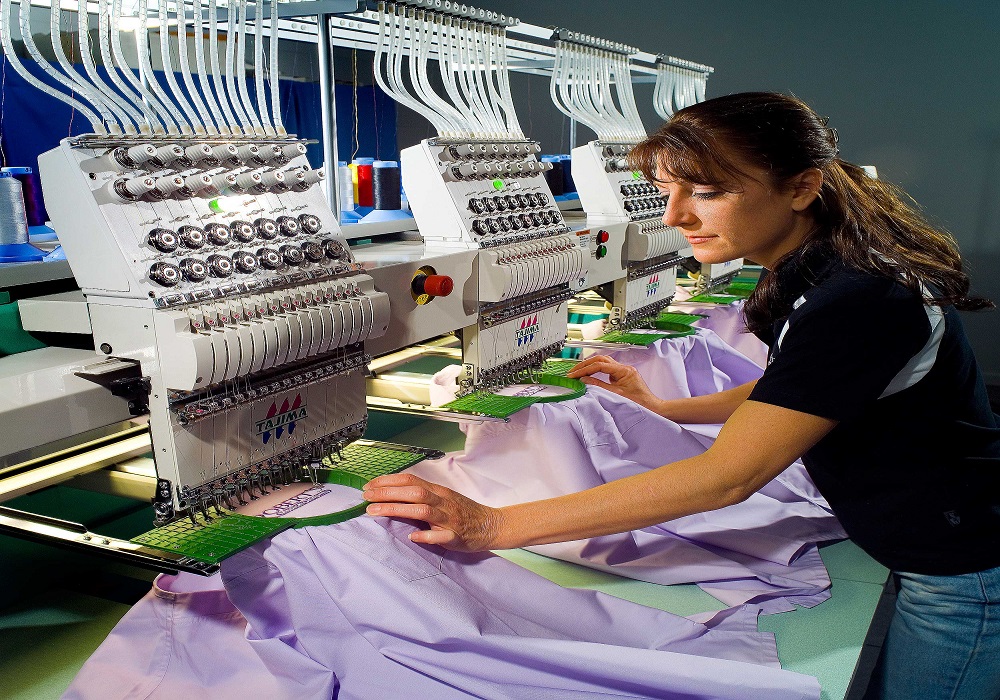That simple ring of wood, plastic, or metal in your hand isn’t just a tool—it’s the stage where your embroidery comes to life. While most crafters focus on threads and patterns, the humble embroidery hoop quietly shapes every stitch you make. From medieval tambour frames to today’s high-tech magnetic hoops, these circular workhorses have cradled creativity for centuries. Let’s pull back the fabric and explore the art of embroidery hoops.
The Unsung Hero of Every Stitch
Embroidery hoops do three crucial jobs that separate slapdash work from professional-quality pieces:
- Tension Control – Keeping fabric drum-tight prevents puckering and distortion
- Stitch Consistency – Uniform tension means even stitch lengths
- Design Integrity – Proper framing maintains your pattern’s proportions
Ever wondered why your stitches look perfect in one area but messy in another? The answer often lies in uneven hooping rather than your stitching skills.
A Brief History of Holding It Together
Embroidery’s framing devices have evolved alongside the craft itself:
- Ancient Egypt – Early embroiderers used wooden frames resembling modern quilting hoops
- 18th Century – The familiar two-ring hoop design emerged in Europe
- 1920s – Spring-tension hoops debuted, revolutionizing production embroidery
- Today – Magnetic and snap-frame hoops handle challenging modern fabrics
That plastic hoop in your craft drawer has ancestors stretching back to pharaonic times—a lineage worth honoring with proper use.
Wood vs. Plastic vs. Metal: Choosing Your Champion
Each hoop material brings unique advantages to your creative process:
Traditional Wooden Hoops
- Pros: Natural grip improves tension, beautiful display-ready finish
- Cons: Heavier, may snag delicate threads
- Best for: Hand embroidery, display pieces, natural fiber fabrics
Lightweight Plastic Hoops
- Pros: Affordable, easy to clean, often come with machines
- Cons: Can warp over time, slippery with certain fabrics
- Best for: Machine embroidery, beginners, frequent project changes
Industrial Metal Hoops
- Pros: Unmatched durability, perfect for heavy use
- Cons: Expensive, heavier, mostly for commercial machines
- Best for: Production embroidery shops, thick materials
Pro tip: Keep different hoops for different fabric types to prevent fiber transfer and maintain optimal tension.
Hooping Techniques That Change Everything
Master these professional methods to transform your results:
The Sandwich Method (For Slippery Fabrics)
- Hoop tear-away stabilizer alone
- Spray baste fabric to stabilizer
- Stitch without fighting shifting material
The Double Stabilizer Solution (For Stretchy Knits)
- Place cut-away stabilizer in hoop
- Add water-soluble topping
- Sandwich fabric between layers
The Floating Approach (For Impossible-to-Hoop Items)
- Hoop only stabilizer
- Adhere pre-made garment with temporary spray
- Stitch a placement outline first
These techniques solve 90% of common hooping frustrations before they start.
Size Matters: Matching Hoop to Project
Your hoop isn’t just a holder—it’s a design partner:
- Small hoops (4-6″) – Perfect for delicate work, monograms
- Medium hoops (7-9″) – Ideal for most motifs, pockets
- Large hoops (10″+) – Necessary for full-coverage designs
Golden rule: Your design should fit with at least 1″ clearance on all sides. Too small causes crowding; too large invites shifting.
Specialty Hoops for Next-Level Work
Beyond basic circles, modern hoops solve specific problems:
- Magnetic hoops – Game-changers for hats and bulky items
- Q-snap frames – Square frames for hand embroidery stability
- Spring-tension hoops – No-screw convenience for production work
- Rotating hoops – 360° movement for intricate free-motion work
Investing in specialized hoops pays off when tackling ambitious projects.
Care and Feeding of Your Hoops
Extend your hoop’s lifespan with simple maintenance:
- Clean grooves weekly with a soft brush (lint ruins tension)
- Check screws for stripping—replace when loose
- Store flat to prevent warping
- Rotate use to evenly distribute wear
A well-maintained wooden hoop can last decades—some become cherished heirlooms passed between generations of stitchers.
The Psychology of the Hoop
There’s magic in that moment when fabric stretches taut—the transformation from limp cloth to creative canvas. Professional embroiderers know:
- Consistent hooping = consistent results
- Proper tension reduces hand fatigue
- The right hoop makes challenging fabrics manageable
Your relationship with your hoop directly impacts your enjoyment of the craft.
Hooping Hacks You’ll Wish You Knew Sooner
- Mark your hoops with colored tape for instant size identification
- Use rubber bands on plastic hoops for extra grip
- Try hoop stands to free both hands for stitching
- Layer grip adhesive on slippery fabrics
These small tweaks yield big improvements in your workflow.
The Future of Framing
Embroidery hoops are getting smarter:
- Tension-sensing hoops that alert when fabric slips
- Auto-adjusting frames that compensate for stretch
- Eco-friendly materials like bamboo and recycled plastics
Yet the core purpose remains unchanged—to hold your creative visions steady as you bring them to life, one stitch at a time.
Your Hoop as Creative Partner
That circle in your hands isn’t just holding fabric—it’s framing possibility. The right hoop, properly used, becomes an extension of your creative intent. Whether you prefer the warm grip of wood or the precision of modern composites, remember: every great embroidery begins with that simple act of stretching fabric taut, ready to receive your art.
Now go forth and hoop with confidence—your next masterpiece awaits its frame.






